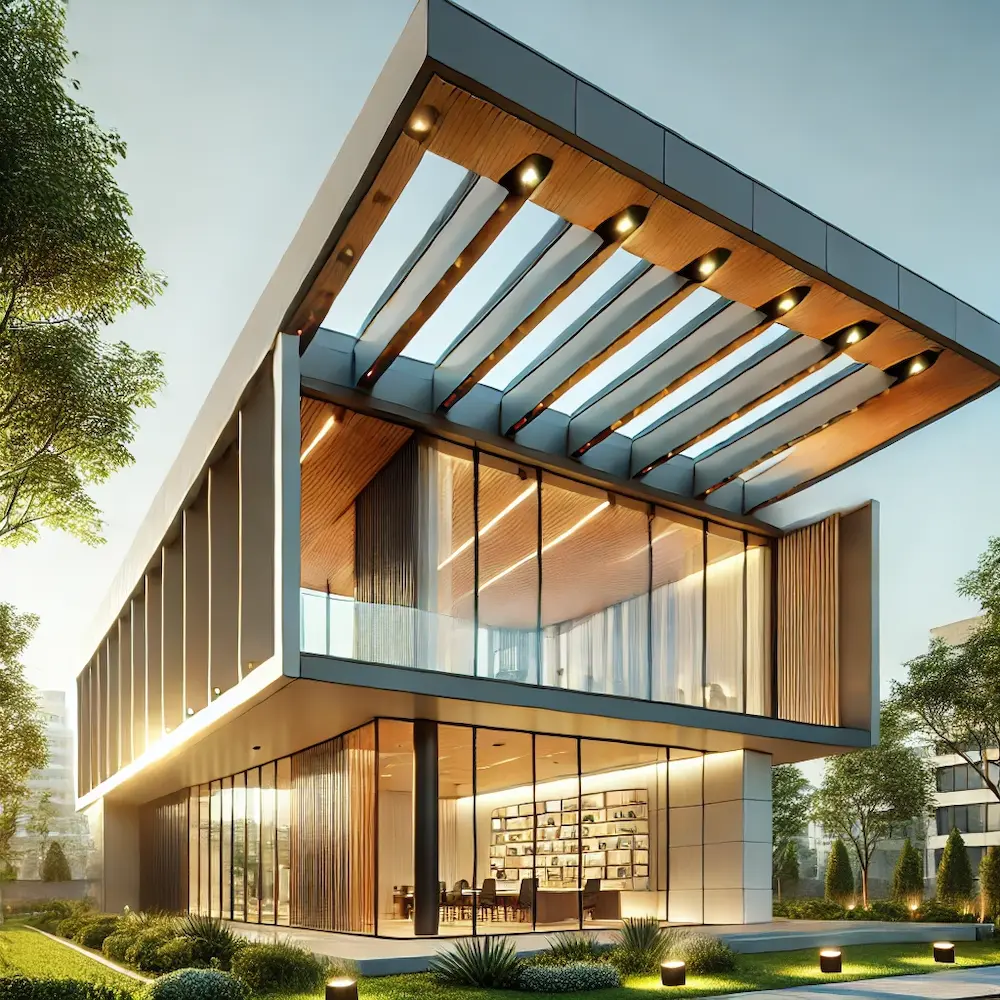A clerestory roof features a vertical wall, known as a clerestory, with a row of windows positioned above eye level between two sloping roof sections. This architectural design allows natural light to penetrate deep into a building’s interior while maintaining privacy and wall space for furnishings.
History and Origins of Clerestory Roofs
The concept of the clerestory dates back to ancient Egypt, where temple builders incorporated high windows to illuminate large interior spaces. This design was later adopted in Roman basilicas and became a prominent feature in Romanesque and Gothic churches, enhancing natural lighting in expansive naves.
Key Features of Clerestory Roofs
- Elevated Windows: Positioned high on walls, these windows admit abundant natural light without compromising privacy.
- Dual Sloping Roofs: Typically consists of two sloping roof planes with the clerestory wall and windows situated between them.
- Enhanced Ventilation: The elevated position of the windows facilitates improved airflow within the building.
- Aesthetic Appeal: Adds architectural interest and elegance to a structure.
Applications of Clerestory Roofs
Clerestory roofs are utilized in various building types, including:
- Religious Structures: Historically used in churches and temples to illuminate large interior spaces.
- Residential Homes: Incorporated into modern home designs to enhance natural lighting and energy efficiency.
- Commercial Buildings: Employed in offices and retail spaces to reduce reliance on artificial lighting.
- Industrial Facilities: Used in factories and workshops to provide consistent daylighting and ventilation.
Considerations When Choosing Clerestory Roofs
- Energy Efficiency: While clerestory windows increase natural light, they can also lead to heat loss in winter and overheating in summer if not properly designed.
- Maintenance: The elevated position of the windows can make cleaning and maintenance challenging.
- Construction Complexity: Incorporating a clerestory into a roof design requires precise construction and may increase building costs.
- Glare and Light Control: Without appropriate shading, clerestory windows may introduce glare or excessive brightness into the interior space.
Conclusion
Clerestory roofs blend historical significance with modern design benefits, offering enhanced natural lighting, ventilation, and aesthetic appeal. When thoughtfully integrated into a building’s architecture, they contribute to energy efficiency and occupant comfort. However, considerations regarding construction complexity and maintenance are essential to ensure their effectiveness and longevity.
